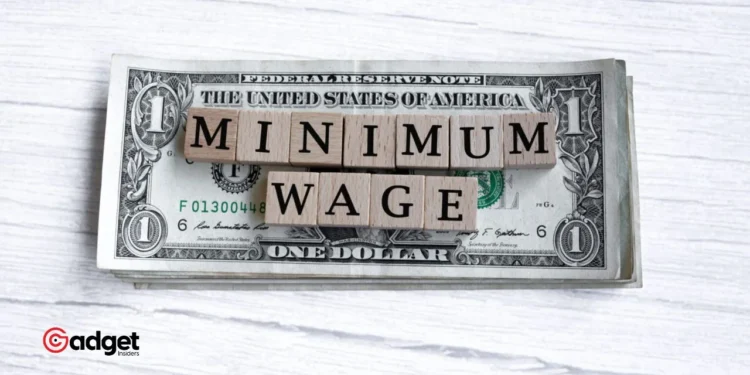The topic of minimum wage has long been a cornerstone of economic discussion in the United States. As of today, the federal minimum wage stands at $7.25, unchanged since 2009. Despite this stagnation at the federal level, recent legislative movements and the relentless tide of inflation have prompted a renewed scrutiny of wage standards. Here, we journey through the decades to understand how the minimum wage has transformed and what it tells us about the economic landscape of the country.
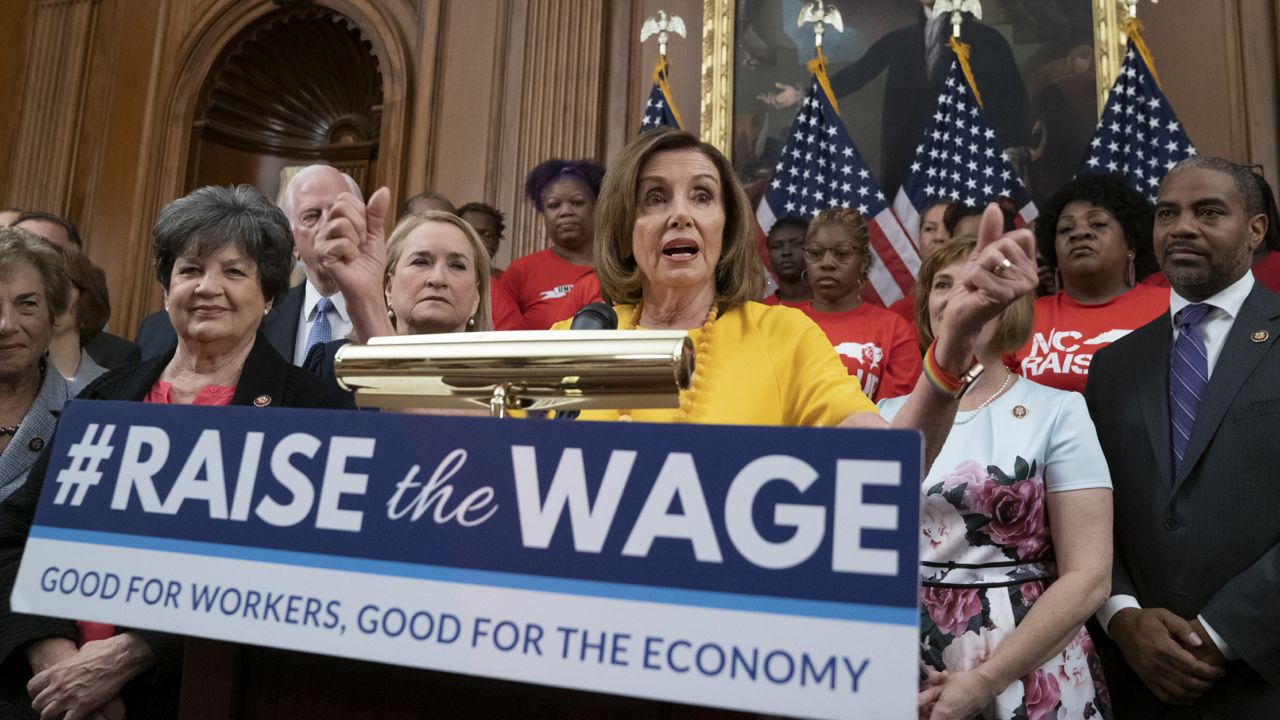
The Early Days: A Humble Beginning
The concept of a minimum wage was introduced to the United States in 1938, setting the stage for a wage that would ensure a minimum standard of living to protect the health and well-being of employees. At that time, the minimum wage was a mere 25 cents. Adjusting for inflation, this was equivalent to $4.54 in 2020 dollars—a stark contrast to today’s figures.
As we moved through the 1940s and 1950s, the minimum wage saw incremental increases, reflective of the post-war economic boom and increased industrial productivity. By 1956, the minimum wage had climbed to $1.00, which would be approximately $9.63 in today’s money. This period marked a significant shift as the nation began recognizing the need to adjust wages in line with economic growth and inflation.
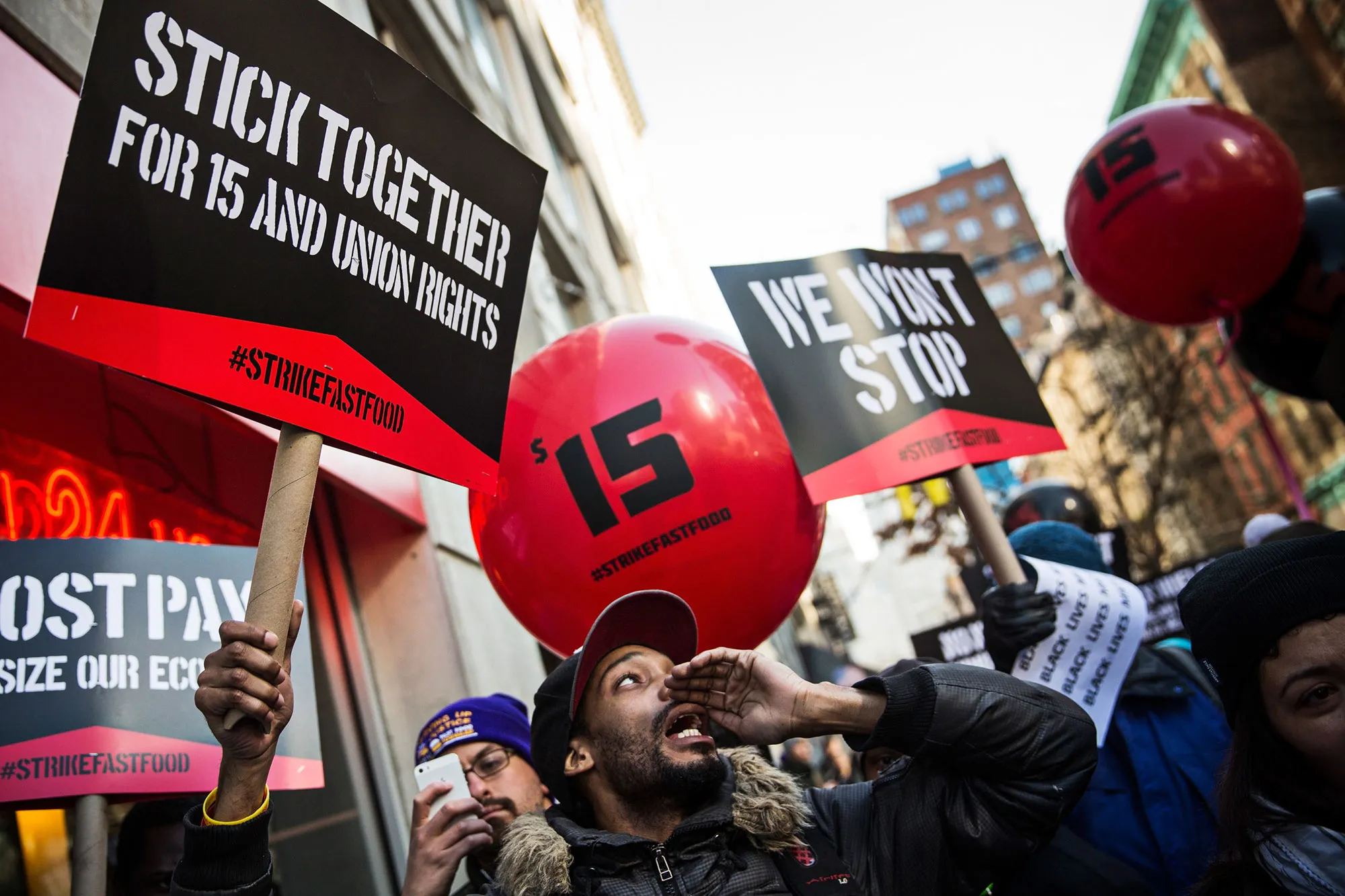
The Decades of Change: 1960s to 1980s
The 1960s and 1970s are often viewed as transformative decades for labor in America. The Bottom wage reached $1.60 in 1968, the highest real value to date when adjusted for inflation, equivalent to $12.10 in 2020 dollars. This period was characterized by strong labor unions and significant legislative advancements that sought to redistribute economic gains more equitably.
However, the subsequent decades witnessed a slowdown in the growth of the Starting wage. By the 1980s, the rate had plateaued at $3.35, and the real value of the wage began to erode due to persistent inflation, reducing the purchasing power of millions of American workers.
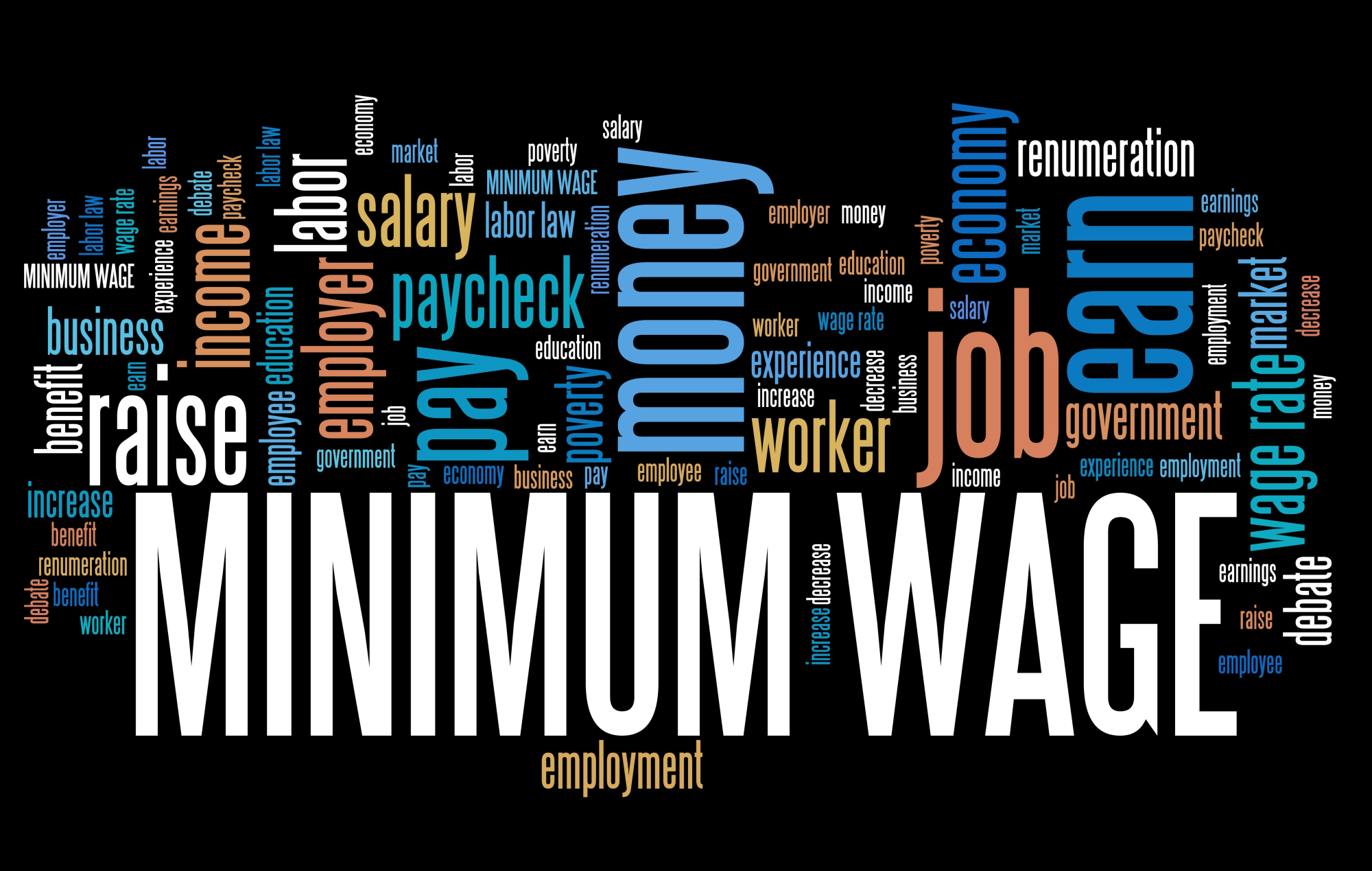
The Modern Era: Stagnation and Hope
Entering the 21st century, the minimum wage experienced stagnation, remaining at $7.25 since 2009. This has sparked widespread debate regarding the livability of such wages in the face of rising living costs. Notably, in July 2019, the U.S. House of Representatives passed a bill proposing to raise the minimum wage to $15 per hour by 2025, aiming to elevate the income of 17 million to 27 million workers. This legislative push signifies a hopeful horizon for many but also underscores the challenges ahead as states and localities attempt to outpace federal action with wage increases of their own.
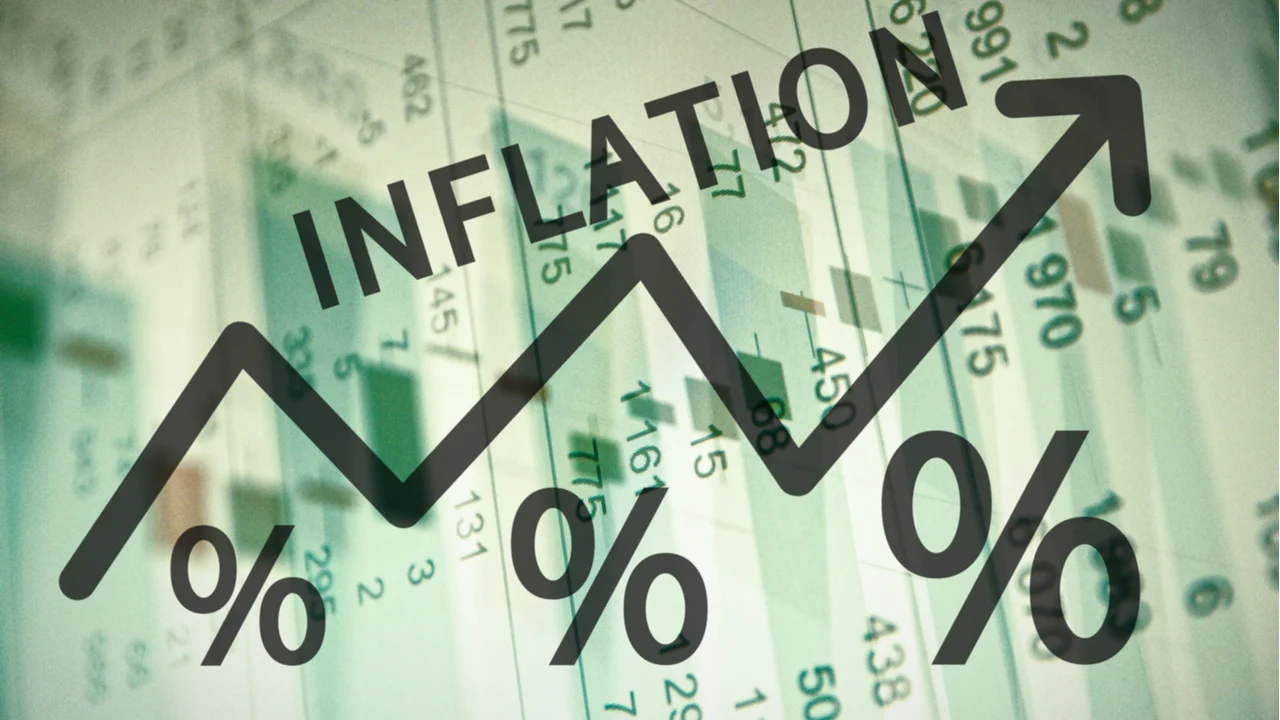
Minimum Wage: Shaping America’s Future
As we analyze the trajectory of the minimum wage over the decades, it becomes clear that while progress has been made, much remains to be done to ensure that all workers can live with dignity and security. The story of the Floor wage is not just a tale of economics; it is a reflection of our values and priorities as a society. Looking ahead, the continued advocacy for fair wages will undoubtedly play a crucial role in shaping the economic landscape of the United States.
This narrative not only revisits the past but also casts a light on the ongoing discussions that will define the future of labor in America. As we reflect on the figures and the legislative efforts, the dialogue around the Floor wage remains a pivotal aspect of our pursuit for economic justice and equality.

